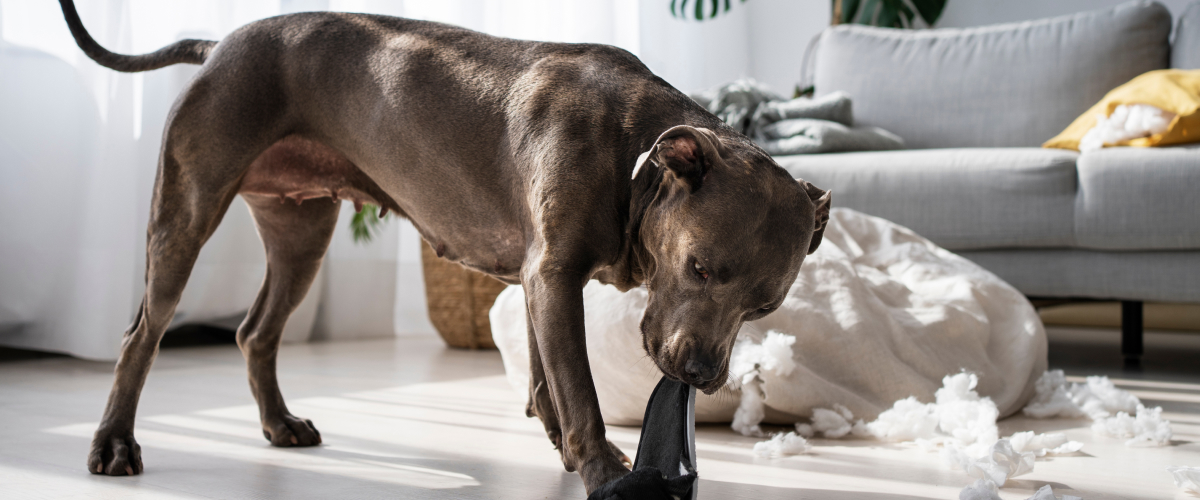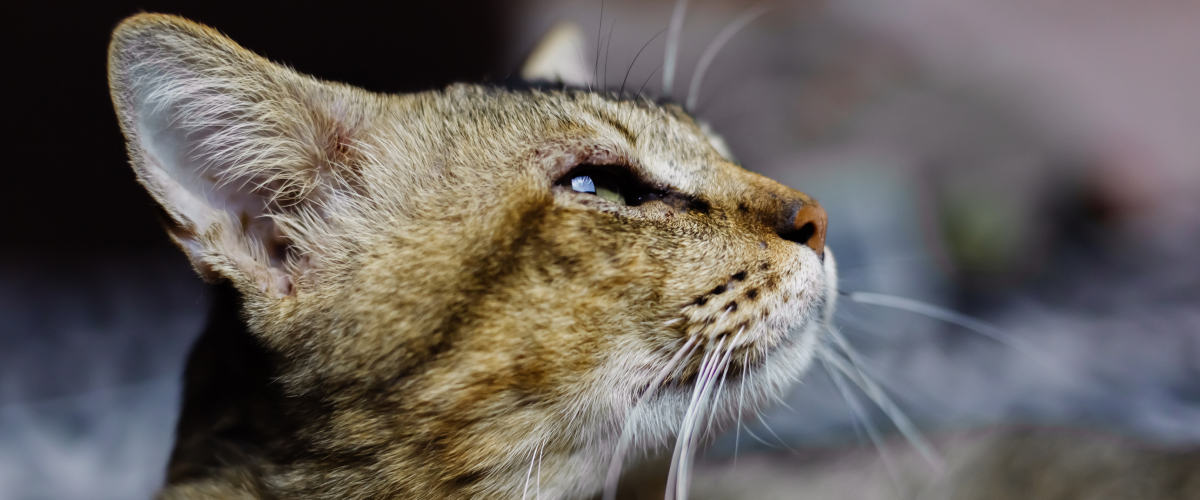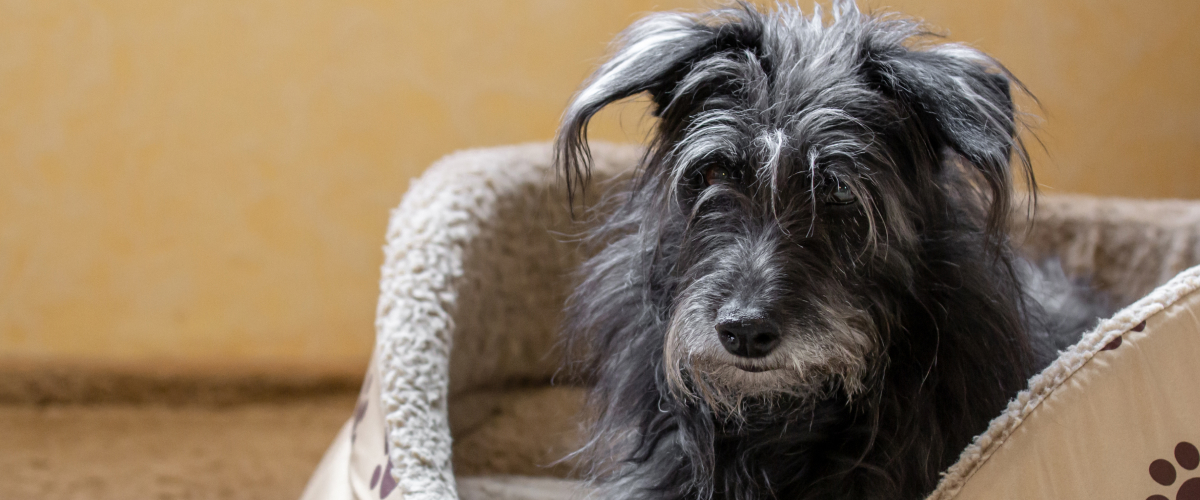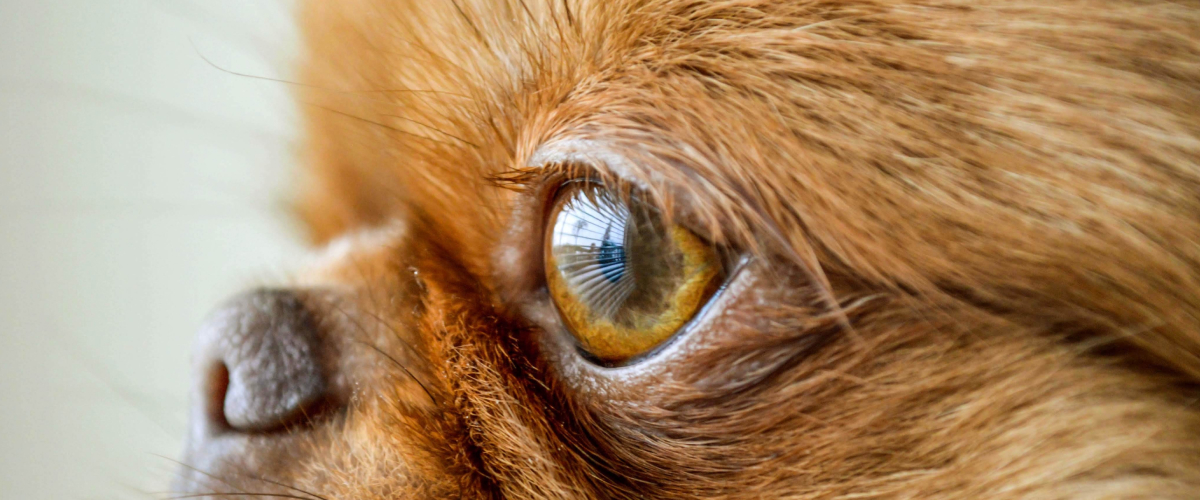Rule Out Medical Causes: Before addressing behavior problems, it’s essential to rule out any underlying medical issues that could be contributing to your pet’s behavior changes. Schedule a check-up with your veterinarian to assess your senior pet’s health and discuss any concerns you have about their behavior.
Maintain Routine and Consistency: Senior pets often thrive on routine and predictability. Keep their daily routine as consistent as possible, including feeding times, exercise, and bedtime rituals. Consistency can help reduce anxiety and stress, leading to improved behavior.
Provide Comfort and Support: Senior pets may experience physical discomfort or cognitive decline, which can contribute to changes in behavior. Provide your pet with a comfortable and supportive environment, including soft bedding, easy access to food and water, and accommodations for any mobility issues they may have.
Adjust Expectations: As pets age, they may not be able to do everything they once could. Adjust your expectations accordingly and be patient with your senior pet. Recognize that they may need more time, assistance, or accommodations to perform certain tasks or behaviors.
Positive Reinforcement Training: Use positive reinforcement techniques to encourage desired behaviors in your senior pet. Reward good behavior with treats, praise, and affection, and avoid punishment or harsh corrections, which can be confusing and stressful for older pets.
Provide Mental Stimulation: Keep your senior pet’s mind active and engaged by providing mental stimulation through interactive toys, puzzle feeders, and enrichment activities. Mental stimulation can help prevent boredom and reduce problem behaviors stemming from frustration or anxiety.
Address Separation Anxiety: Senior pets may be more prone to separation anxiety as they age, especially if they have spent many years with their human companions. Gradually acclimate your pet to periods of alone time, and provide them with comforting items, such as a favorite blanket or toy, to help alleviate anxiety.
Modify the Environment: Make modifications to your home environment to accommodate your senior pet’s changing needs. This may include installing ramps or stairs for easier access to furniture or outdoor areas, using non-slip mats to prevent falls, or providing litter boxes or puppy pads for pets with mobility issues.
Seek Professional Help: If your senior pet’s behavior problems persist or worsen despite your efforts, consider seeking assistance from a professional animal behaviorist or trainer. They can provide personalized guidance and techniques to address specific behavior issues and improve your pet’s quality of life.
Be Patient and Compassionate: Above all, be patient, compassionate, and understanding with your senior pet. They rely on your love and support now more than ever, and your patience and understanding can make a significant difference in their well-being.
By addressing behavior problems with empathy, patience, and a proactive approach, you can help your senior pet enjoy their golden years to the fullest while strengthening the bond you share.










